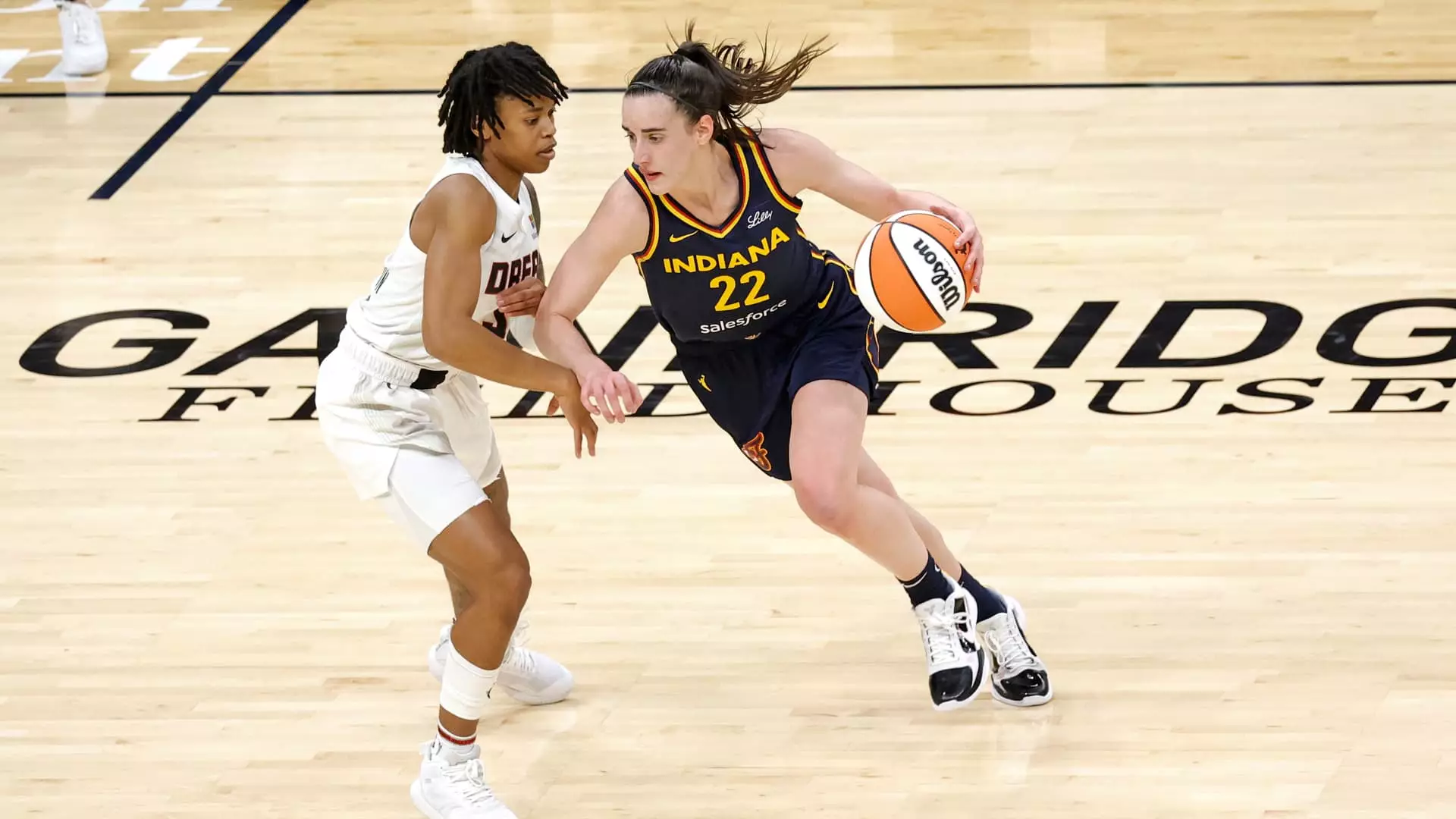The 2024 season of the Women’s National Basketball Association (WNBA) will be remembered as a pivotal moment in the league’s history. A perfect storm of talent, viewership, and community support transformed the league into a mainstream phenomenon. With remarkable performances from emerging stars such as Caitlin Clark and Angel Reese, the WNBA not only broke viewership records but also achieved significant milestones in attendance and engagement. This article delves into how the league arrived at this juncture, what it means for the future of women’s sports, and the complexities that came with increased visibility.
Record-Breaking Viewership and Attendance
Data published by the WNBA reveals that the league attracted over 54 million unique viewers in 2024, a historic achievement that underscores a surge in interest. Apart from Disney’s ABC and ESPN, viewership was bolstered by networks like CBS, Ion, and NBA TV, reflecting a broadening media landscape for women’s sports. More than 154 games were sold out during the season, which represented a staggering threefold increase from 2023. This data confirms that the narrative around women’s basketball is changing; it is no longer a secondary interest but a focal point of entertainment for millions.
The spike in attendance sets a new benchmark, marking the highest numbers recorded in 22 years, with a nearly 50% increase from the previous season. This trend indicates not just an increase in ticket sales, but a culturally shifting perception of women’s sports as a worthy spectacle deserving of attention and investment. Caitlin Clark’s presence, being a top rookie and playing for the Indiana Fever, perhaps played a crucial role in driving attendance, but the enchantment of the league as a whole cannot be understated.
Emerging Stars and Competitive Landscapes
The infusion of rising stars such as Clark and Reese has invigorated the league. Fans are increasingly identifying with players who bring distinctive playing styles and compelling personal stories to the court. Clark’s contributions culminated in record-breaking attendance figures, with the Fever experiencing an extraordinary uptick that dwarfed the increases of other teams. Reese’s dynamic presence on the Chicago Sky also attracted significant attention, showing that the roster is brimming with talent capable of turning casual viewers into avid fans.
Moreover, the competitive landscape has been electrified by the Las Vegas Aces, vying for their third consecutive championship. The compelling nature of the matches, underlined by intense rivalries and nail-biting finishes, captures the essence of sportsmanship—something that elicits both passion in viewers and investment from sponsors.
However, with rising popularity comes heightened scrutiny, and the WNBA players have faced challenges such as online harassment and discrimination. WNBA Commissioner Cathy Engelbert’s initial response to these issues drew criticism for its lack of force; although she later clarified her stance against hatred and racism. This spotlight on player harassment illustrates a complex duality in the world of women’s sports: fans and viewers are engaging like never before, yet some elements of society still cling to archaic biases and views.
The league’s growth should not overshadow these challenges. The awareness that comes with a thriving viewership should propel meaningful discussions around equity, bullying, and respect for women athletes. Creating a safe environment for athletes is essential, and all stakeholders in the league, including media networks and sponsors, must commit to fostering inclusivity.
The meteoric rise in viewership and attendance has translated into substantial financial benefits for the league. The recent signing of a $2.2 billion media rights deal reflects an acceptance that women’s sports are commercially viable. With the WNBA set to add a 15th team in Portland in 2026, it is clear this new trajectory is about growth not just in numbers but also in opportunities for female athletes.
As viewership continues to climb, it stirs the question of what happens next. Will new talent emerge? Will rivalries deepen? Importantly, will the narrative around women’s sports change enough to counteract the residual stigma that still lingers?
The 2024 WNBA season marks a watershed moment that can redefine women’s sports. As the league continues to break barriers, the focus remains on both celebrating its achievements and addressing the challenges that come with increased visibility. The trajectory is promising, but it is imperative to remain vigilant and committed to a narrative that positions equity at its core.

Leave a Reply